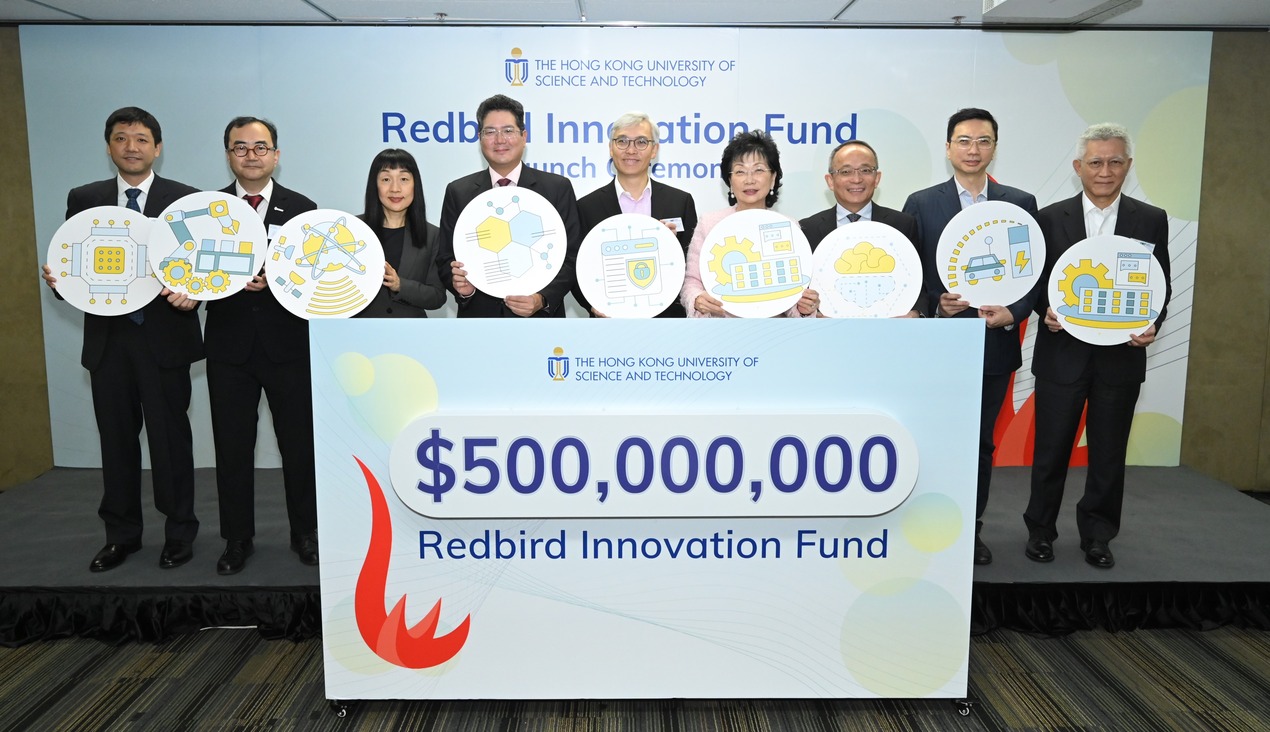
Researchers, led by Australia’s Queensland University of Technology, have developed prototype software that can enable coaches to predict when elite athletes will be too fatigued to perform at their best.
They were able to achieve this after studying the impact of fatigue on their athletic performance.
Benefits of the software
As reported, the research applies the tools of statistics to physiology research in order to provide new insights for athletes and their coaches into how best to manage and predict fatigue levels.
Moreover, the software algorithm enables coaches to conduct a simple test of an athlete’s energy and performance levels.
This will then make predictions about how their level of fatigue could impact on their performance thereby serving as a tool to assist coaches.
This would guide the coach’s strategy, particularly if the software predicts that the athlete is going to be very fatigued.
Additionally, the information could also enable coaches to personalise the training for individual athletes depending on their predicted fatigue levels as a result of different types of training.
Background of the project
The researchers in the study examined the two main types of fatigue athlete’s experience in training.
The first type is metabolic fatigue. This type of fatigues only takes up to three hours to recover from.
Meanwhile, the more serious type of fatigue is the neuromuscular fatigue. This can take up to 48 hours or more to recover from.
In the elite sports setting, athletes often train twice a day, five days or more a week.
Lead researcher, Dr Paul Wu, explained that if they develop neuromuscular fatigue and have training or competition the next day, they will still be fatigued and have an elevated risk of injury.
In this research, data from a test called the countermovement jump (CMJ) was studied.
To do the test, an athlete stands on a force plate, squats down, and jumps straight up as high as they can. The force plate records the force profile generated throughout the jump.
They tested the athletes after low, moderate, and high-intensity training sessions.
They did many jumps over time, from just before training sessions, to right after, and then in regular intervals up to 48 hours later.
The many jumps they did involving multiple athletes led to a lot of data, and that data was not simple either.
Predicting athletes’ fatigues
The team then used a statistical analysis tool called functional Principal Components Analysis (fPCA) to find the hidden information about fatigue in all that data.
The team was able to predict the degree of neuromuscular fatigue by doing a few jump tests up to 30 minutes after training and then performing analysis.
This allows coaches and athletes to prepare for the next workout or for competition ahead of time. Furthermore, it arms athletes with important information about how they fatigue.
It provides them the opportunity to customise their training so that they can avoid neuromuscular fatigue as well as allows them to benchmark themselves against others.
The researchers have produced a prototype of software that could be used in the future by coaches to manage an athlete’s fatigue and ensure peak performance.
Athletes and their trainers have never had access to so much data about their training before this.
It is only through statistical analysis, like the one in this study, which is unlocking some of the key, hidden stories that athletes need to take advantage of the data.
The lead researcher believes that the statistical analysis used will help other types of training data as well.
















